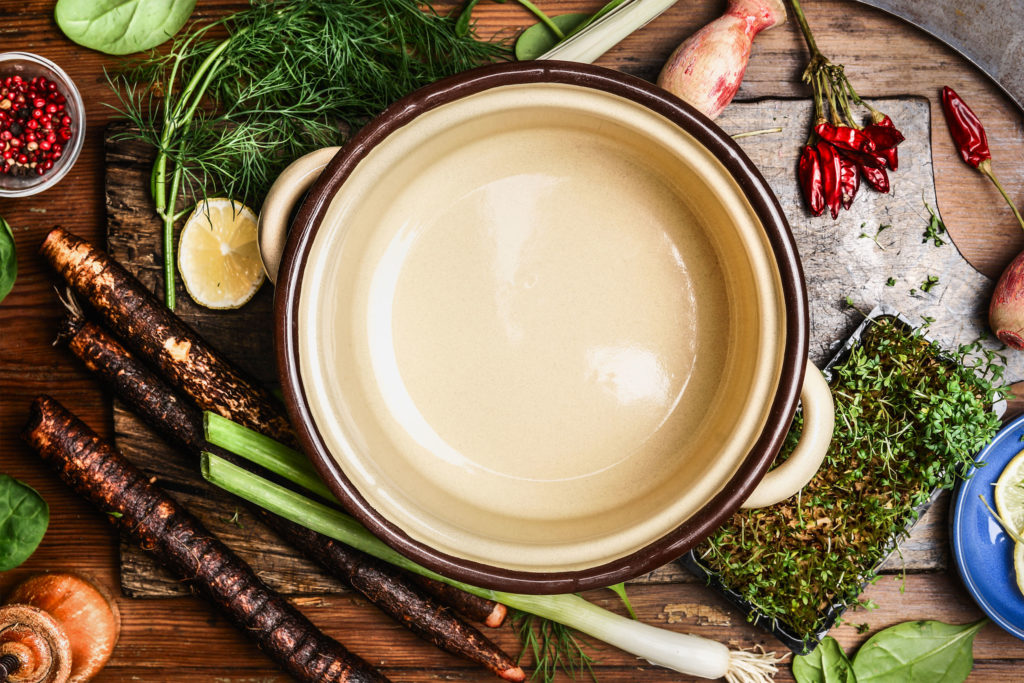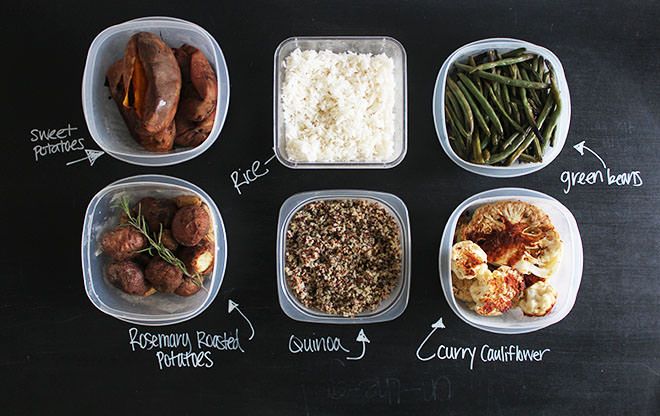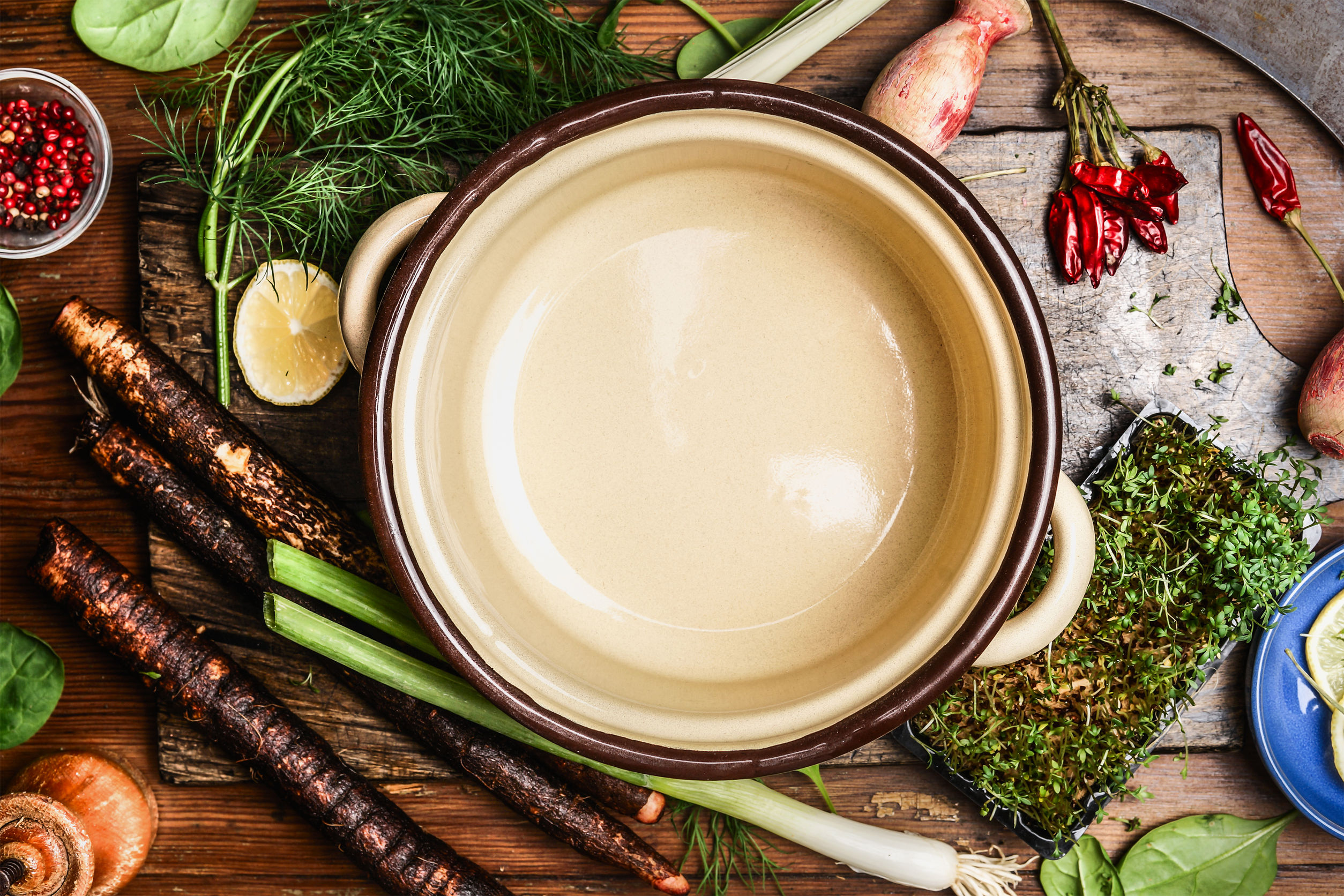
Last week in Meal Planning 101 I shared the simple and time-saving strategies I use to plan out my meals and eat healthy all week.
Today I want to focus in on one particular strategy that can literally shave hours off the time you spend cooking each week.
Mark Bittman, famed American food journalist, author, and former columnist for The New York Times once wrote about an “appliance that could help you save money, reduce food waste and get meals on the table faster.” What do you think this magical appliance was?
You guessed it, the freezer! With a freezer — something almost all of us have — we can cook once and then eat much, much later. And doing that (cooking food, saving some, and eating it later) is pretty much the big secret behind batch cooking.
Preparing food in advance means spending less on dining out, ordering in, or grabbing not-so-healthy choices at the drive-thru. It also means throwing out less of the food you purchase, and having more time to spend with your family and doing the things you love.
4 Ways to Batch Cook
There are many different ways you can approach and use batch cooking. Let’s take a look at some of your options and then you can decide where you want to start.
1. As You Go
The easiest method and one you may already be doing from time to time is doubling or tripling your recipes, enjoying some for dinner, and then storing the rest in the freezer for a later time. I use this method frequently when I make soups, stews, casseroles, or quiches. With a well-stocked freezer (and pantry) you will always have healthy back-up options and never again have to rely on fast-food or a drive-thru to get dinner on the table.
2. Planned Leftovers
Another easy method that you may already be doing is making enough food on one or two nights for planned leftovers. That way if you know you have some late nights coming up in the week, you already have leftovers ready to go. I use this one a lot.
3. Time Saving Meals
With this option you focus in on certain meals that are more challenging for you to eat healthy because of a lack of time. Good examples here might be breakfast when you’re literally running out the door or packing a lunch to take with you to work. With these examples you would use batch cooking to get all your breakfasts and/or lunches for the week ready to go at one time. Here are a few easy and yummy ideas you could try.
For breakfast try making your Smoothies in 2-3 batches all at once, then individually freeze them in mason jars. The night before pull one out and place in the fridge so it’ll be thawed and ready for you to grab on your way out the door. Make sure you leave a bit of space at the top of the mason jar to allow the smoothie to expand and not break the glass.
Three easy make-ahead lunches that I do all the time are Nourish Bowls, Sweet Potatoes with Black Beans, and Roast Chicken with Kale Salad. I roast the veggies I’m going to need, chop everything else, make a simple massaged kale salad, make a jar of homemade salad dressing, and roast a chicken (or buy a rotisserie chicken). All of these options keep nicely in the fridge when you make them ahead. If you don’t mind eating the same thing every day for lunch then you could easily pick just one of the above and make enough for the whole week, store in individual containers, and grab-and-go on your way to work in the morning.
4. Week’s Meals
The final option and probably the biggest time saver yet is to plan out your meals for the week and then literally take 2-3 hours on the weekend (or whichever day you have the time) to make all your food ahead of time. Wash, chop, cook, combine, and store in air-tight containers in your fridge. If you’ll be eating it over the week then you don’t have to store in the freezer. The secret to making it last all week is to keep the ingredients dry; meaning you’re not adding any oils, sauces, dressings, etc. Store it dry and then when you’re ready to heat it up add the sauce or dressing.
 http://nutritionstripped.com/batch-cooking-101/
http://nutritionstripped.com/batch-cooking-101/
More Ideas
I love the post, Batch Cooking 101, by McKel Hill, RD from NutritionStripped. She is the queen of batch cooking all your food on one day and has a really great blog post dedicated entirely to that option with lots of great ideas to get you started.
BuzzFeed also had a great post all about Batch Cooking with specific meal ideas and recipes that lend themselves well to making ahead and saving for later.
Most foods freeze beautifully. Here’s a fabulous chart that gives you the maximum amount of times different foods can be frozen for, along with a list of foods that do NOT freeze well. You can use it as a guide to get you started with your batch cooking.
Fit It In
As with everything, in order for any of the above methods to work for you, you must schedule it in. Pull out your Time Map think through your schedule and when you can realistically fit in the time to plan your meals, go to the grocery store, and add in some batch cooking. Make it non-negotiable time so it actually happens. Before long it will feel like a normal part of your routine and you’ll be happily reaping the benefits:
- Less time in the kitchen during the week.
- More time for you (exercise, fun, family, friends, etc).
- Less stress and anxiety around the proverbial question of “what’s for dinner”.
- Less waste and ultimately money saved when you eat what you’ve planned.
- Easily sticking to your healthy eating goals and enjoying your improved health.
Choose a method that resonates with you and start there. As you get used to batch cooking add in more and more meals that you prep ahead and smile as you start sailing through your weeks with less stress and more healthy meals at the ready.
